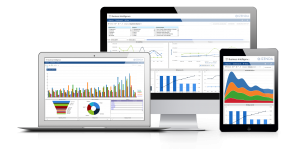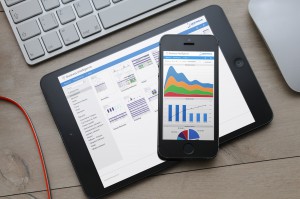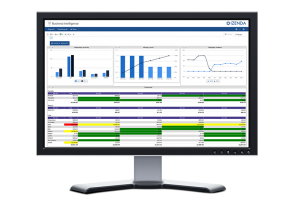 If you are following the business intelligence space, it seems that there are new surveys every week confirming the growing use of BI in a competitive landscape.
If you are following the business intelligence space, it seems that there are new surveys every week confirming the growing use of BI in a competitive landscape.
Whether the research comes from academia, research analysts, consultants, large enterprise solutions providers or smaller BI vendors, it all points in the same direction: We live in a fast-paced, data-driven world. Those organizations who don’t keep up will be left behind.
A global report from the consulting company Capgemini is one of the latest in a massive deluge of studies, which reflect this acceleration of data growth and the business world’s attempts to keep pace with it. Their survey found that 64 percent of enterprises in North and South America, Europe and Asia-Pacific believe that big data is changing traditional business boundaries. It also found:
- 58% expect to face increased competition from start-ups enabled by data
- 24% of companies report disruption from new competitors moving into their industry


 Did you BYOD to work today? BYOD, or Bring Your Own Device, has been evolving as a business practice since at least 2009 in many industries. The idea of employees using their own laptops, tablets or cellphones for work has many supporters and many skeptics, especially those worried about security.
Did you BYOD to work today? BYOD, or Bring Your Own Device, has been evolving as a business practice since at least 2009 in many industries. The idea of employees using their own laptops, tablets or cellphones for work has many supporters and many skeptics, especially those worried about security. In July 2011, Gartner released a report “
In July 2011, Gartner released a report “ As
As  Have you heard the acronym SMAC? SMAC stands for Social, Mobile, Analytics and Cloud, the four parts of what many describe as a new “digital industrial revolution.”
Have you heard the acronym SMAC? SMAC stands for Social, Mobile, Analytics and Cloud, the four parts of what many describe as a new “digital industrial revolution.” 2017, Gartner said the majority of
2017, Gartner said the majority of 